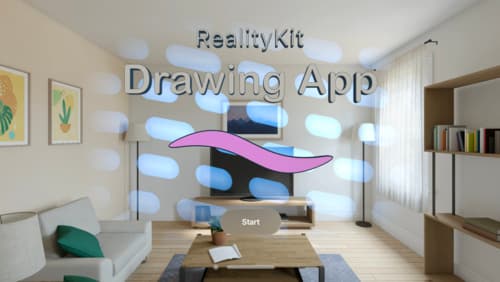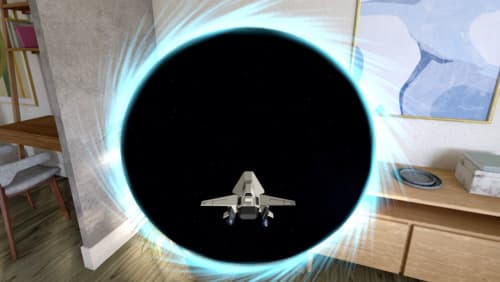how does realitykit differ from scenekit?
Asked on 2024-07-31
1 search
RealityKit and SceneKit are both frameworks provided by Apple for rendering 3D content, but they have different focuses and capabilities.
RealityKit
- High Performance: RealityKit is designed for high-performance 3D simulation and rendering, making it suitable for creating immersive spatial computing apps and games.
- Cross-Platform: It supports iOS, iPadOS, macOS, and visionOS, allowing developers to build applications that work seamlessly across these platforms.
- Advanced Features: RealityKit includes advanced features such as material shaders, portals, particles, blend shapes, inverse kinematics, and animation timelines. These features enable dynamic and responsive interactions with the environment and user behavior.
- Integration with Metal: It provides low-level APIs for mesh and texture rendering that work with Metal compute shaders, offering improved control over the appearance of apps.
- Tools and APIs: RealityKit is integrated with tools like Reality Composer Pro, which simplifies the development of spatial apps, and supports USD and MaterialX for creating rich 3D content.
SceneKit
- Ease of Use: SceneKit is known for its ease of use and is often recommended for developers who are new to 3D graphics. It provides a higher-level API compared to RealityKit.
- 3D Graphics: SceneKit is primarily focused on 3D graphics and animations, making it suitable for games and other applications that require 3D rendering but not necessarily the advanced spatial computing features of RealityKit.
- Integration with ARKit: SceneKit can be used in conjunction with ARKit to create augmented reality experiences, although it does not offer the same level of integration with spatial computing features as RealityKit.
Summary
- RealityKit is more advanced and suitable for high-performance, immersive spatial computing applications, especially those targeting visionOS and other Apple platforms.
- SceneKit is easier to use and more suitable for simpler 3D graphics and animations, making it a good choice for developers who do not need the advanced features of RealityKit.
For more detailed information on RealityKit, you can refer to the session Platforms State of the Union (42:02).

Build a spatial drawing app with RealityKit
Harness the power of RealityKit through the process of building a spatial drawing app. As you create an eye-catching spatial experience that integrates RealityKit with ARKit and SwiftUI, you’ll explore how resources work in RealityKit and how to use features like low-level mesh and texture APIs to achieve fast updates of the users’ brush strokes.

What’s new in USD and MaterialX
Explore updates to Universal Scene Description and MaterialX support on Apple platforms. Discover how these technologies provide a foundation for 3D content creation and delivery, and learn how they can help streamline your workflows for creating great spatial experiences. Learn about USD and MaterialX support in RealityKit and Storm, advancements in our system-provided tooling, and more.

Discover RealityKit APIs for iOS, macOS and visionOS
Learn how new cross-platform APIs in RealityKit can help you build immersive apps for iOS, macOS, and visionOS. Check out the new hover effects, lights and shadows, and portal crossing features, and view them in action through real examples.
